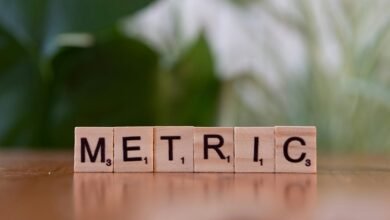Manga Translator : Tools and Techniques for Accurate Translations

Manga translation requires a deep understanding of cultural context and linguistic nuances. Professional translators utilize essential software tools to enhance accuracy and maintain consistency. Techniques such as glossary creation and adaptive translation are crucial for preserving the artistic integrity of the narrative. Collaboration with artists and editors further ensures that the translation resonates with diverse audiences. As the intricacies of this process unfold, one may wonder how these elements converge to create a seamless adaptation.
Understanding Cultural Context in Manga Translation
Understanding cultural context is essential in manga translation, as it profoundly influences both the narrative and character interactions.
Translators must navigate cultural nuances and idiomatic expressions to convey the original intent effectively. This understanding allows for adaptive translations that resonate with diverse audiences while preserving the essence of the story.
A nuanced approach ensures that the manga's richness and authenticity are maintained.
Essential Software Tools for Translators
Navigating the intricacies of cultural context is just one aspect of manga translation; the right software tools significantly enhance the efficiency and quality of the translation process.
Essential tools include translation memory systems for consistency, glossary creation for terminology accuracy, and editing software for refinement.
OCR technology aids in extracting text, while effective project management and localization strategies streamline workflows, ensuring a seamless translation experience.
Techniques for Preserving Artistic Integrity
Preserving the artistic integrity of manga during translation requires a delicate balance between fidelity to the original text and the cultural nuances of the target audience.
Translators must prioritize visual fidelity, ensuring that the artwork remains intact while adapting dialogue to resonate with readers.
Collaborating With Artists and Editors for Accurate Adaptation
Successful adaptation of manga translations hinges on effective collaboration between translators, artists, and editors.
Translator engagement with artist feedback ensures that the cultural nuances and visual storytelling are preserved.
Editor collaboration further refines the text for clarity and flow, aligning the narrative with the original intent.
This symbiotic relationship fosters an authentic and dynamic representation, empowering readers to fully immerse in the adapted work.
Conclusion
In conclusion, manga translation requires a delicate balance of linguistic skill and cultural understanding. By leveraging tools such as translation memory systems and engaging closely with artists, translators can create adaptations that resonate with diverse audiences. For instance, a translator working on a popular series might adapt a culturally specific joke while maintaining its humor, ensuring that it remains relatable to readers unfamiliar with the original context. This thoughtful approach preserves both the narrative's integrity and its artistic essence.





